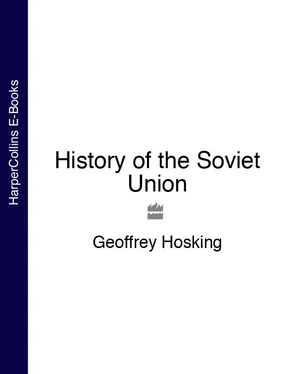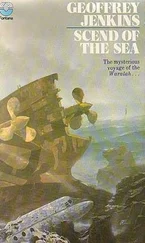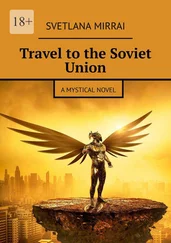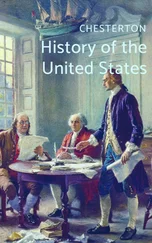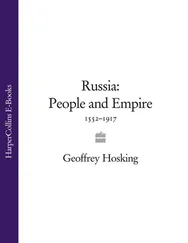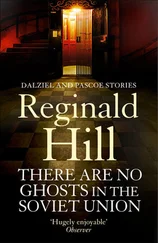Not everyone in the party approved of these developments. Some prominent members, not in the top leadership, were disturbed by them, feeling that they ran counter to the ideals which had brought the party to power. Two groups in particular emerged during 1919–20. The Democratic Centralists called for restoration of the ‘democratic’ element in Lenin’s theory of party organization: that is, the restoration of genuine elections and genuine debate over matters of principle. The Workers’ Opposition were worried by what they saw as the ‘growing chasm’ between the workers and the party which claimed to act in their name. They spoke in the language Lenin had used in October 1917, calling for ‘self-activity of the masses’, and proposing specifically that industry should be run by the trade unions, rather than by the managers and specialists that the government had installed under Vesenkha. Alexandra Kollontai, the most flamboyant and imaginative member of this group, argued that what had taken the place of ‘self-activity’ was ‘bureaucracy’, buttressed by the system of appointments within the party, and she therefore also urged a return to genuine elections and spontaneous debate by the rank and file. Although fundamental research on this issue still needs to be done, it does seem that the Workers’ Opposition had substantial support among the industrial workers.
Before binding discussion of these issues took place, however, the party was faced by a crisis even more threatening to its ideals than the civil war. Towards the end of February 1921, first of all in Moscow, then in Petrograd, strikes and demonstrations broke out among the industrial workers. Their immediate cause was a further cut in the bread ration, but the workers’ demands rapidly took on a political colouring as well, and began to reflect the effects of more than three years of hunger and repression. The demands, in fact, were remarkably similar to those being made at the same time by the peasants of Tambov province (see above, page 77). The workers called for free trade, an end to grain requisitioning, and abolition of the privileges and extra rations enjoyed by specialists and by Bolshevik officials. Their political demands reflected the influence of both the Socialist Revolutionaries and the Mensheviks, who were regaining popularity, despite their semi-legal status: freedom of speech, press and assembly, the restoration of free elections to factory committees, trade unions and soviets, an amnesty for socialist political prisoners. There were some calls for the reconvening of the Constituent Assembly.
Zinoviev, the party leader in Petrograd, closed down some of the most affected factories (in effect instituting a ‘lockout’) and declared martial law in the city. Special troops and kursanty (Red Army officer cadets) were drafted in and posted to key positions. Selected workers and the most prominent Socialist Revolutionaries and Mensheviks were arrested. At the same time emergency supplies were rushed into the city, road blocks were dismantled, and Zinoviev let it be known that there were plans to abolish grain requisitioning.
These measures did eventually quieten the Petrograd disorders, but not before they had spread to the nearby naval base of Kronstadt, where the Baltic Fleet had its head-quarters. The sailors of Kronstadt had a long revolutionary tradition, dating back to 1905, when a soviet had first been set up there. They had played a vital part in the October seizure of power. Central to the anarchism which had been the dominant mood in Kronstadt was the original conception of the soviet as a free and self-governing revolutionary community. This ideal of course had been unceremoniously pushed aside by the Bolsheviks, and now, more than a year after the virtual end of the civil war, there was still no sign of an improvement.
A delegation of sailors went to meet the Petrograd workers and reported back to a general meeting of the sailors on 1 March. In spite of the presence of Mikhail Kalinin (president of the Russian Soviet Republic), the meeting unanimously passed a resolution which repeated the demands of the Petrograd workers (though there was no mention of the Constituent Assembly). Pride of place was given to the following demand: ‘In view of the fact that the present soviets do not express the will of the workers and peasants, immediately to hold new elections by secret ballot, the pre-election campaign to have full freedom of agitation among the workers and peasants.’
The Soviet government reacted forthwith by declaring the Kronstadt movement ‘a counterrevolutionary conspiracy’. They claimed it was led by one General Kozlovsky–who was actually one of Trotsky’s numerous appointees from the former Imperial Army, sent to take charge of the Kronstadt artillery. The Communists appointed their own army commander, Tukhachevsky, to head a special task force and storm the fortress across the ice before the March thaw. Once again, special duty troops and kursanty were used, in larger numbers. On 17 March they finally stormed Kronstadt, capturing it with huge losses on both sides. These were compounded on the rebel side by the subsequent repression, in which the Cheka shot hundreds of those involved.
Assembling under the direct shadow of these events, the Tenth Party Congress took some decisions which confirmed the rigid centralization the party had developed since 1917. Lenin admitted that the Kronstadt revolt had awakened echoes in many industrial towns, and warned that this ‘petty bourgeois counterrevolution’ was ‘undoubtedly more dangerous than Denikin, Yudenich and Kolchak combined’. He admitted, too, that relations between the party and the working class were poor: much more ‘solidarity and concentration of forces’ was required, he exhorted. He submitted two resolutions, one explicitly condemning the Workers’ Opposition as a ‘syndicalist and anarchist deviation’, the other, entitled ‘On Party Unity’, condemning the practice of forming ‘factions’ and ordering that all future proposals, criticisms and analyses be submitted for discussion, not by closed groups, but by the party as a whole. ‘The Congress orders the immediate dissolution, without exception, of all groups that have been formed on the basis of some platform or other, and instructs all organizations to be very strict in ensuring that no manifestations of factionalism of any sort be tolerated. Failure to comply with this resolution of the Congress is to entail unconditional and immediate expulsion from the party.’ Such was the besieged mood at the Congress that these resolutions were passed by overwhelming majorities, which even included members of the Workers’ Opposition. One of the delegates, Karl Radek, made a portentous and perceptive comment: ‘In voting for this resolution I feel that it can well be turned against us, and nevertheless I support it … Let the Central Committee in a moment of danger take the severest measures against the best party comrades if it finds this necessary... That is less dangerous than the wavering which is now observable.’
No less important was the justification which Lenin gave for the suppression of all opposition parties, as was now finally done. ‘Marxism teaches us that only the political party of the working class, i.e. the Communist Party, is capable of uniting, educating and organizing such a vanguard of the proletariat and of the working masses as is capable of resisting the inevitable petty bourgeois waverings of those masses … [and] their trade union prejudices.’
It is true that factions and programmes survived a few years longer, in spite of these resolutions. Nevertheless, with the Tenth Congress the party finally sanctified the substitution of itself for the working class, and gave into the hands of its leaders the means for the suppression of all serious criticism and discussion.
Читать дальше
